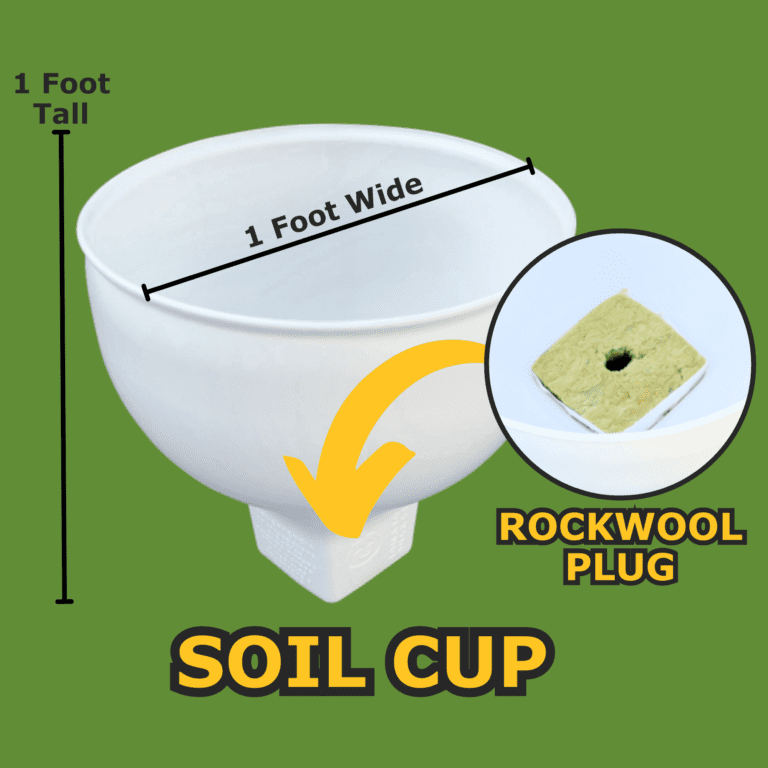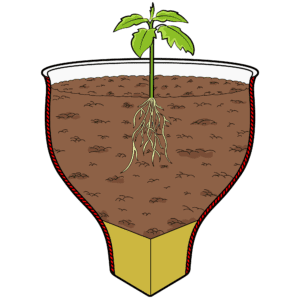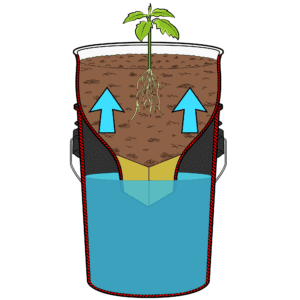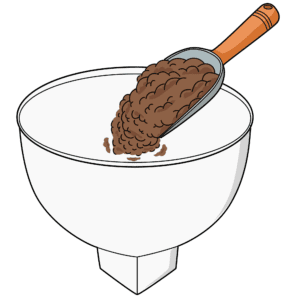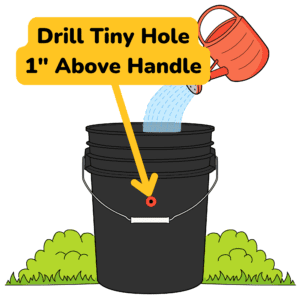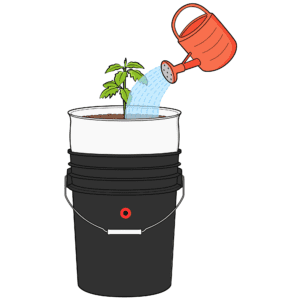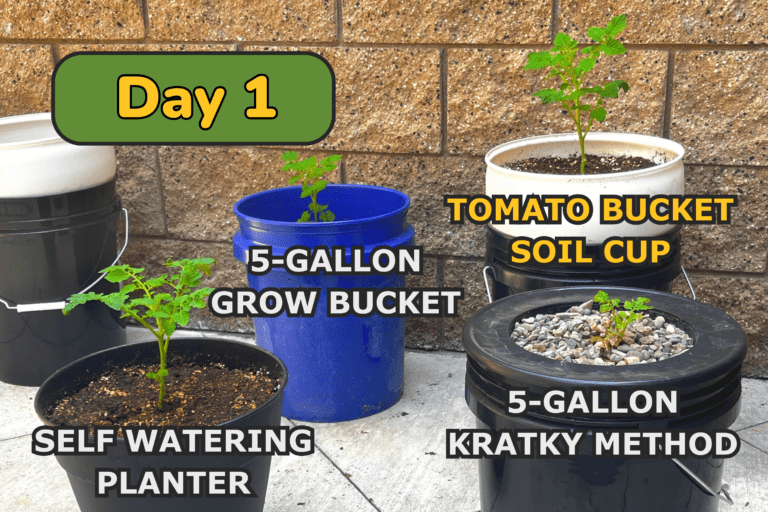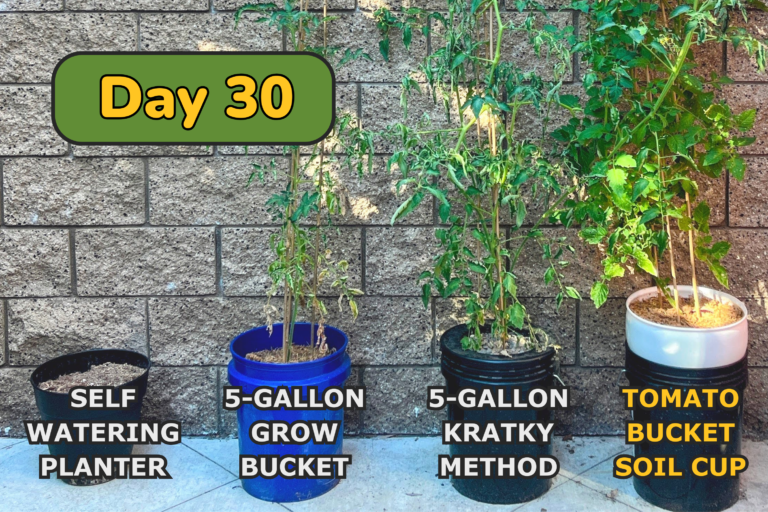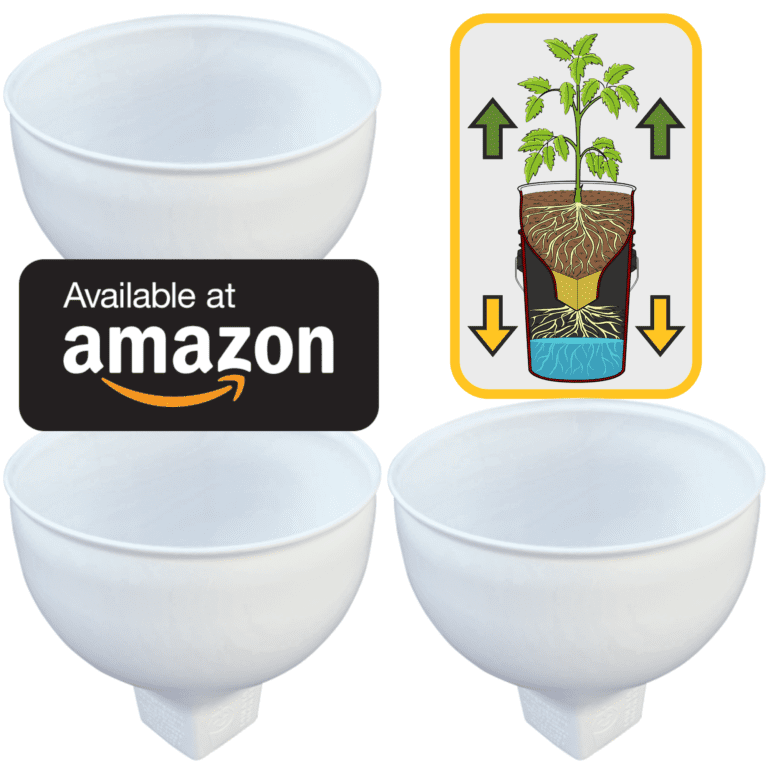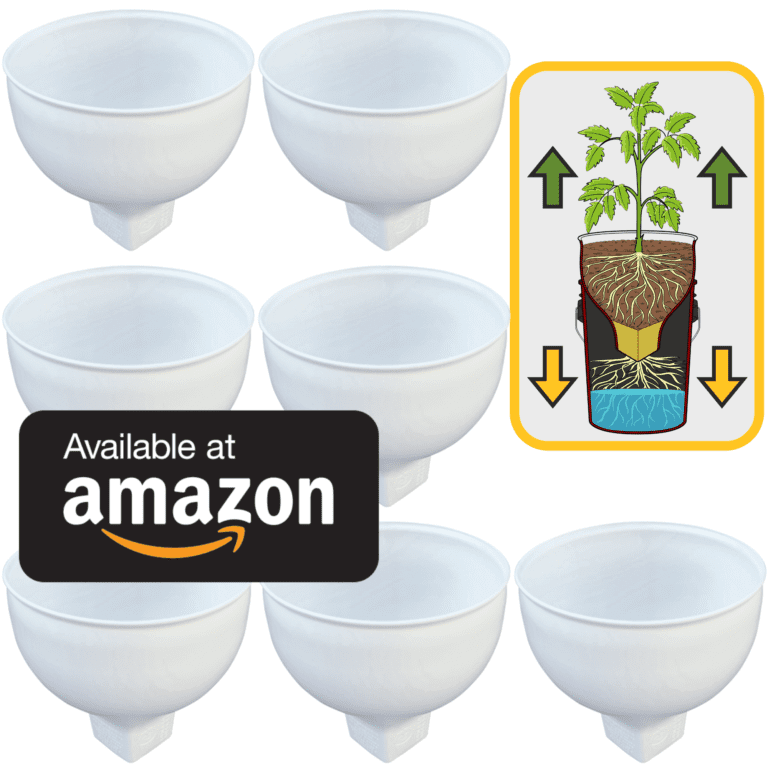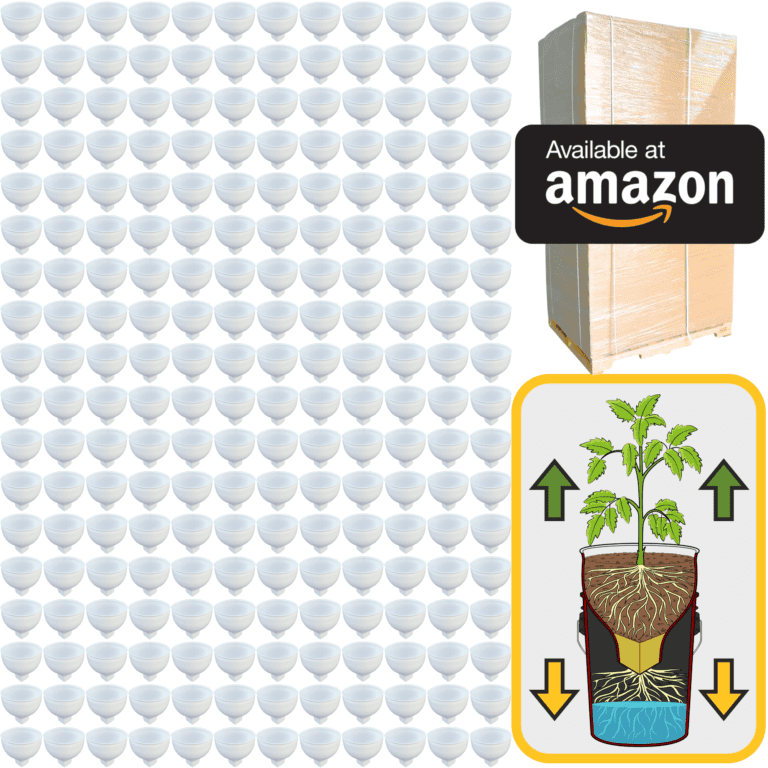In the world of gardening, understanding the life cycles of plants is a game-changer. Whether you’re planting flowers, vegetables, or shrubs, knowing whether a plant is an annual, perennial, or biennial will help you give it the best care and know what to expect throughout the growing season. It’s like learning the rhythm of each plant—some are fast, some take their time, but all play an important role in creating a vibrant, ever-changing garden.
Annuals are the plants that live fast and give you instant results. These are the plants that go from seed to full bloom in just one growing season. Once they’ve flowered and produced seeds, their life cycle is complete, and the plant dies. But during that single season, they give it everything they’ve got. Think of those bright, colorful flowers that fill garden beds in the summer—marigolds, petunias, zinnias, and cosmos. These are all annuals, and so are many of the vegetables we grow for harvest, like beans, tomatoes, and basil.
There’s something incredibly satisfying about growing annuals. They grow quickly, flower profusely, and keep going until the season ends. If you want instant color, annuals are the way to go. You can plant them in the spring, and by early summer, your garden will be bursting with flowers. And because they grow so fast, you can experiment with different types of flowers and colors every year. One year you might go for bold reds and oranges, and the next year you might want to try soft pastels or a more subtle combination of whites and blues. Annuals give you the freedom to redesign your garden each season, and they’re perfect for adding quick bursts of color to any space.
But with annuals, the joy is short-lived. At the end of the season, they’ll die, leaving behind seeds for the next generation. If you want the same flowers next year, you’ll need to replant them. That’s why many gardeners like to collect seeds from their favorite annuals, ensuring they can continue growing them year after year. Even though they’re short-lived, the fact that they give you so much in such a short time makes them one of the most popular choices for gardeners looking for high-impact results.
Now, let’s talk about perennials. If annuals are the short bursts of energy, perennials are the steady, reliable growers. These plants live for many years, going through cycles of growth and bloom before entering a period of dormancy in the winter. When the weather warms up again, they come back to life, stronger and more established than the year before. Plants like daylilies, hostas, peonies, and lavender are all perennials, along with many shrubs and grasses.
What’s wonderful about perennials is that once they’re planted and established, they keep coming back. You don’t have to replant them each year, which makes them an excellent investment if you’re looking to build a long-lasting garden. In fact, many perennials improve with age. They grow larger, produce more flowers, and become the backbone of your garden’s design. With proper care, some perennials will live for decades, becoming more beautiful as the years go by.
However, perennials take their time. While annuals will bloom quickly, perennials often spend their first year or two putting down roots and getting established. You might not see much action above ground during that time, but underground, the plant is building a strong foundation. Once they settle in, though, they reward you with dependable blooms that return year after year with less effort on your part.
One thing to remember about perennials is that their blooming periods can vary. Unlike annuals, which often bloom continuously, many perennials have specific times of the year when they’re at their best. Some might bloom in early spring, while others peak in midsummer or late fall. That’s why many gardeners plant a variety of perennials with staggered bloom times, ensuring that there’s always something in bloom no matter the season. A well-planned perennial garden will give you a changing landscape throughout the year, with different colors and textures coming to life as the seasons progress.
Between the quick bloomers and the long-lasting perennials, we have biennials. These plants have a life cycle that spans two years. In their first year, biennials focus on growing leaves, roots, and stems. They look healthy, but you won’t see any flowers just yet. That comes in the second year, when they bloom, set seed, and then complete their life cycle. After that, the plant dies, but by then it has usually produced seeds that will grow into new plants, continuing the cycle.
Biennials like foxgloves, hollyhocks, and some varieties of parsley require a bit more patience, but their second-year blooms are often spectacular. They tend to grow tall and produce lots of flowers, making them a striking presence in any garden. Even though you have to wait a year for the flowers, biennials can add an extra layer of interest to your garden, especially if you allow them to self-seed and keep coming back year after year.
One of the best ways to create a garden with constant beauty is to combine annuals, perennials, and biennials. Annuals give you instant color, filling in gaps while your perennials are still getting established. Perennials, once they’ve matured, become the foundation of your garden, coming back year after year and providing reliable blooms and structure. And biennials add a touch of surprise with their two-year cycle, offering something new to look forward to.
As you plan your garden, think about how you can use these different types of plants to your advantage. If you love changing things up every season, annuals will give you the flexibility to redesign your garden each year. If you’re more interested in building a garden that gets better with age, perennials are the way to go. And if you like the idea of watching a plant develop over time, biennials offer a unique opportunity to observe their two-year rhythm.
Understanding the life cycles of plants is one of the most helpful things you can do as a gardener. It helps you know what to expect and how to care for your plants as they grow, bloom, and rest. With annuals, you’ll need to replant each year, but you’ll be rewarded with fast, abundant blooms. With perennials, you’ll need a little patience at first, but they’ll repay you with long-term growth and beauty. And with biennials, you get the best of both worlds—a plant that grows in stages, giving you a chance to enjoy its development over time.
By mixing annuals, perennials, and biennials, you can create a garden that’s always full of life, color, and interest. Each plant brings something different to the table, and together, they create a garden that evolves and changes with the seasons. Whether you’re looking for quick results or long-term satisfaction, understanding these life cycles will help you make the right choices for your garden. And as you grow more familiar with the rhythm of your plants, you’ll find that gardening becomes not just about growing things, but about building a deeper connection with the natural world around you.
When you understand the life cycles of plants, you’re no longer just planting seeds or bulbs—you’re setting the stage for a garden that will bloom, rest, and renew itself year after year. Each type of plant, whether it’s an annual that brings instant joy or a perennial that matures over time, has its own unique contribution to the garden. By appreciating these differences, you’ll be able to design a garden that feels vibrant and alive in every season, one that grows with you as you learn and explore the rhythms of nature.

